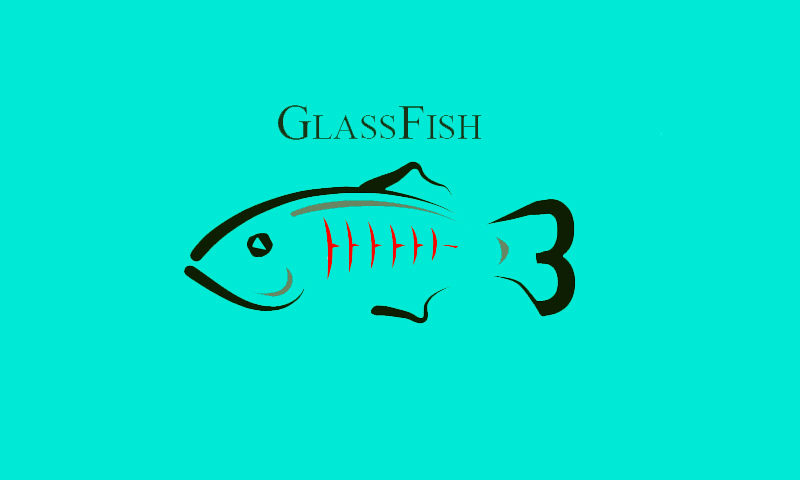
Now let's see how this run configuration works. Click OK in the Run/Debug Configurations dialog.

In the dialog that opens, select the WAR artifact. Specify the artifact to be deployed to the server: select the Deployment tab, click and select Artifact.(By now, the server has been started by the run configuration discussed earlier.)Ĭlick the run configuration selector and select Edit Configurations.Ĭlick, point to GlassFish Server and select Remote.Ĭhange the run configuration name Unnamed to something more sensible (e.g. Let's create a run configuration for deploying our WAR artifact to the running server and see how it works. (See Local and remote run configurations.) Such run configurations can be used, for example, for deploying applications to servers that are already running. Server run configurations that don't start a server are called remote. Sometimes you need to deploy your app onto a running server. 'Web' facet resources represent the contents of the web directory.ĭeploying an artifact onto a running server These are placed into WEB-INF/classes in the output directory. 'JavaEEHelloWorld' compile output represents compiled Java classes whose sources are located in the src directory. Other elements have the following meanings: The artifact structure is shown in the left-hand pane of the Output Layout tab. The artifact, when built, is placed into /out/artifacts/JavaEEHelloWorld_war_exploded.
Coldfusion glassfish archive#
This is a decompressed web application archive (WAR), a directory structure that is ready for deployment onto a web server. The artifact type is Web Application: Exploded. The artifact settings are shown in the right-hand part of the dialog. (There's only one configuration at the moment.) The available artifact configurations are shown in the pane to the right under and.

As a result, IntelliJ IDEA, among other things, created a configuration for building a web application artifact. When creating the project, we indicated that we were going to develop a web application.
Coldfusion glassfish update#
(The last used update option becomes the default one). after the server is started and the artifacts are deployed onto it) the default web browser should start and go to the specified URL The settings to the right of On 'Update' action specify that on clicking in the Run tool window the Update dialog should be shown and the Update resources option should be used by default. The settings under Open browser specify that after launch (i.e. Select the Deployment tab to see which artifacts are deployed after the server is started.
Coldfusion glassfish code#
Select the Startup/Connection tab to see how the server is started in the run, debug and code coverage modes. The Before launch task list (in the lower part of the dialog) specifies that the application code should be compiled and the corresponding artifact should be built prior to executing the run configuration. The Run/Debug Configurations dialog opens and the settings for the GlassFish run configuration are shown.



 0 kommentar(er)
0 kommentar(er)
